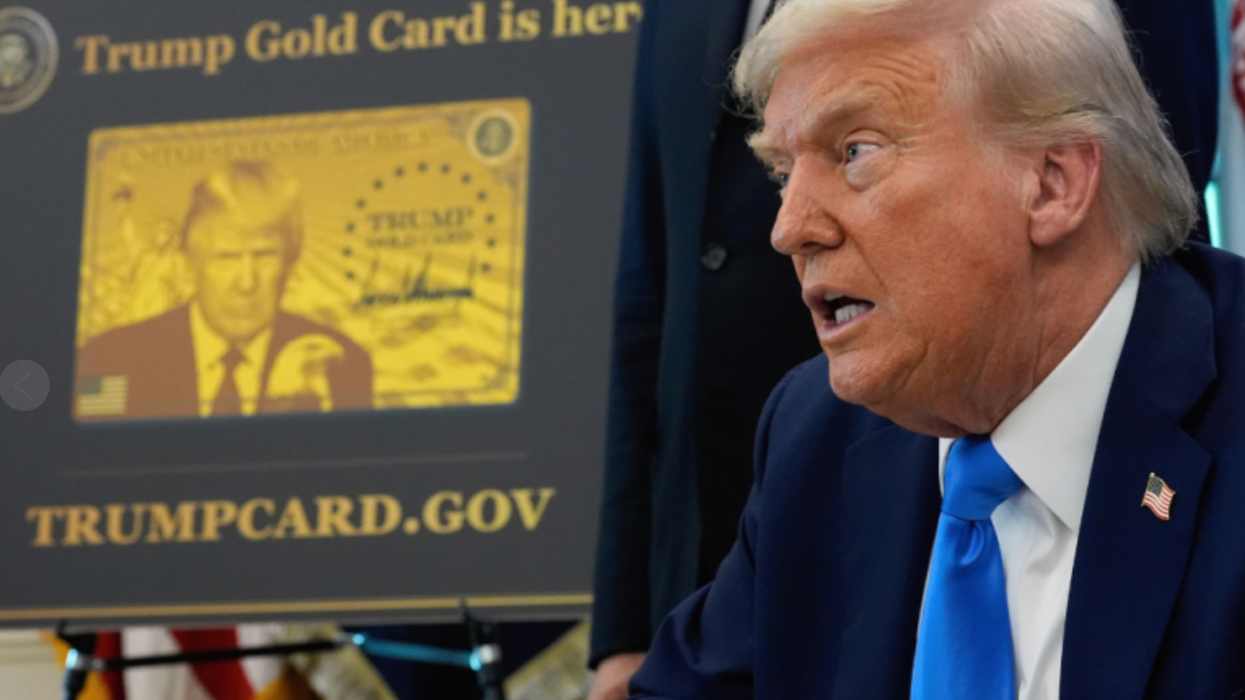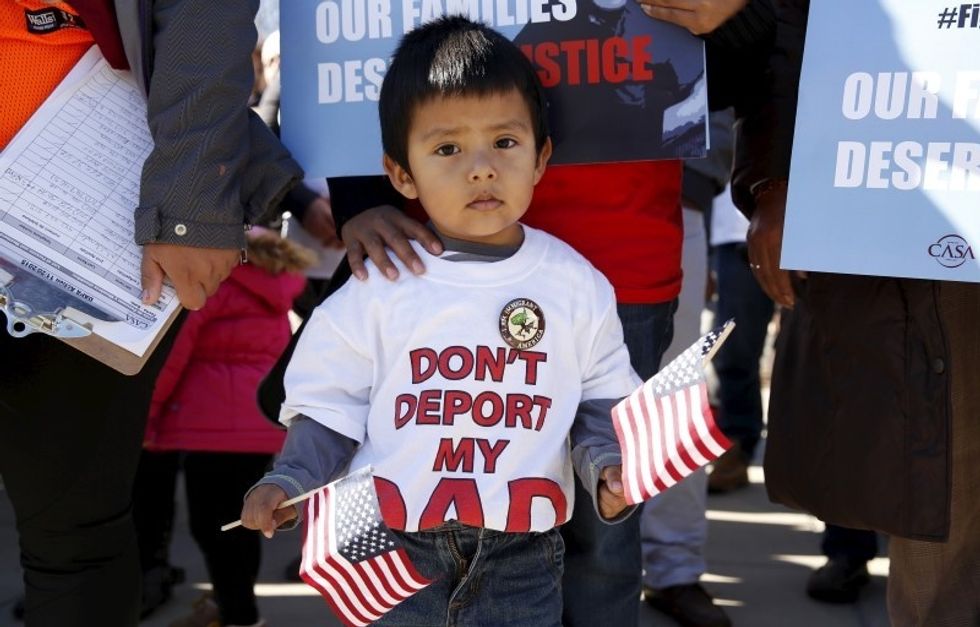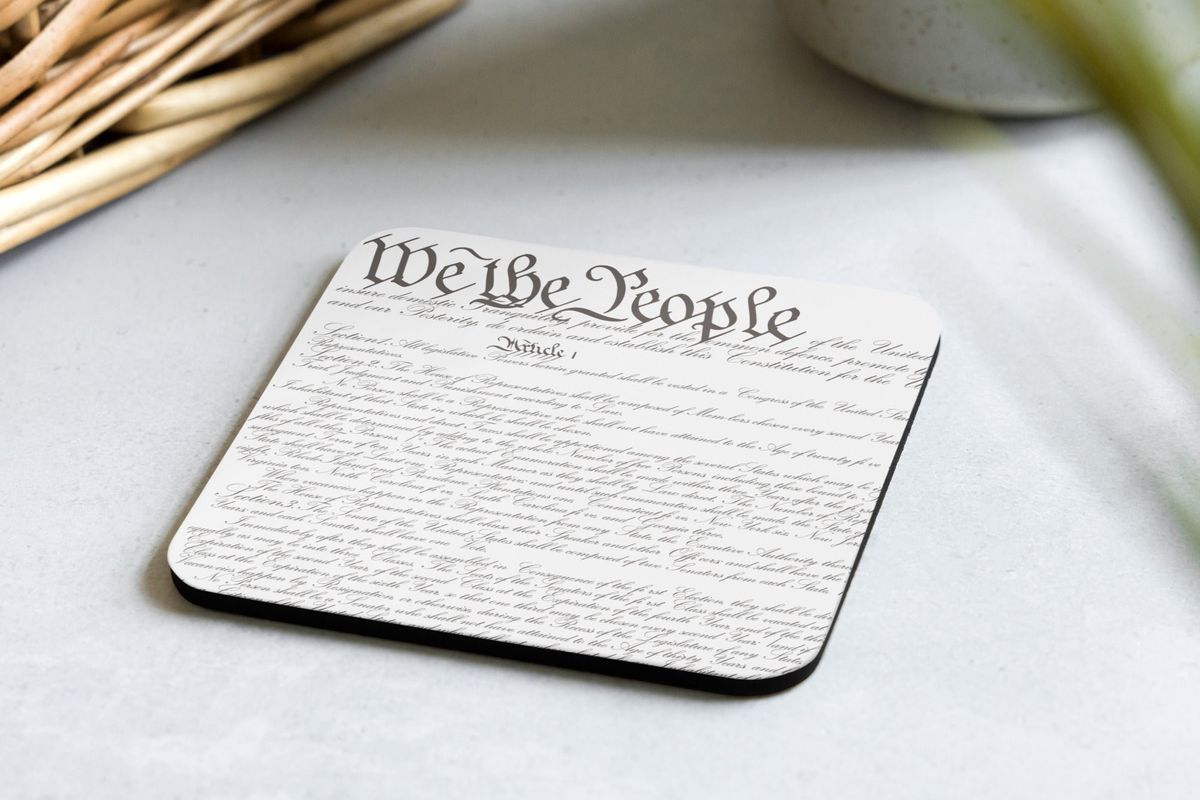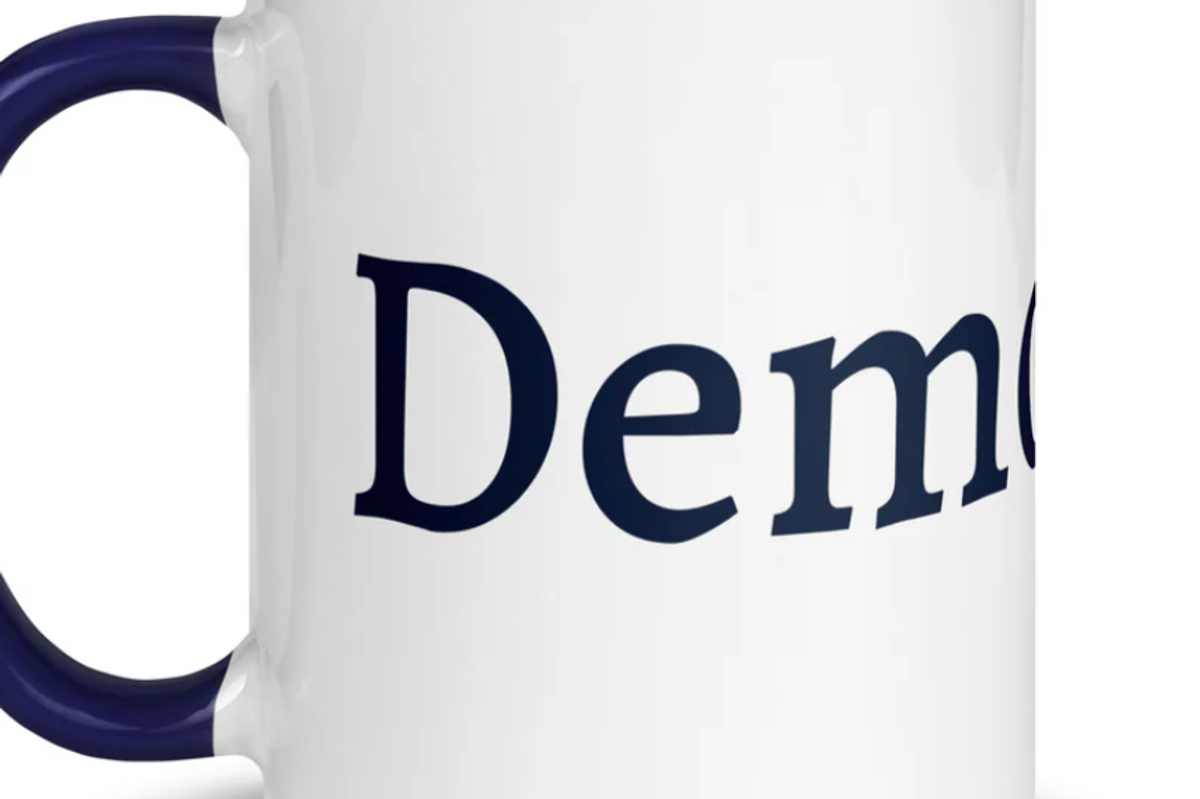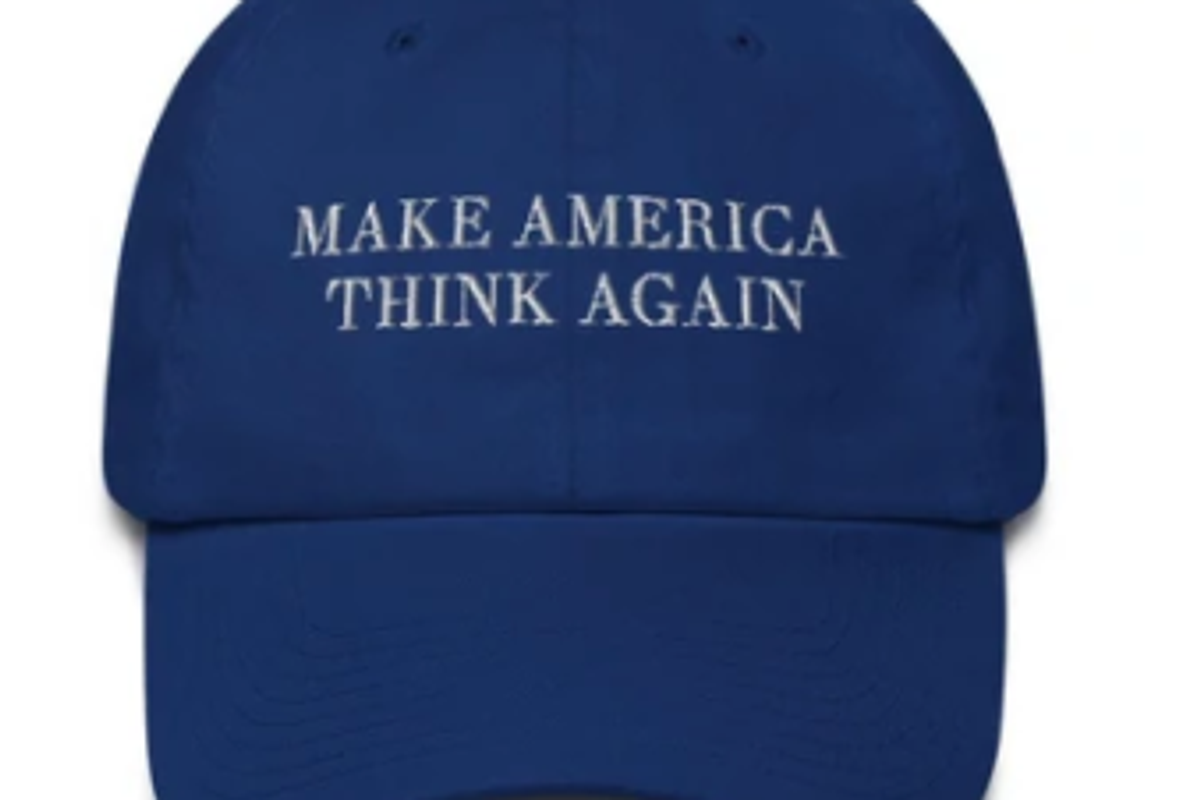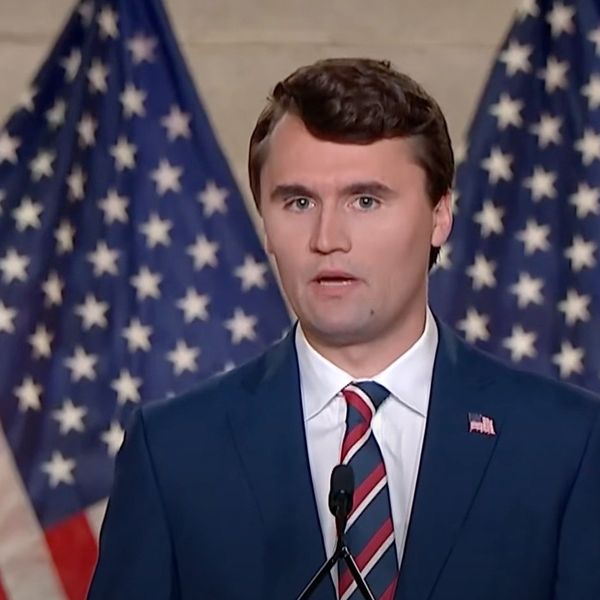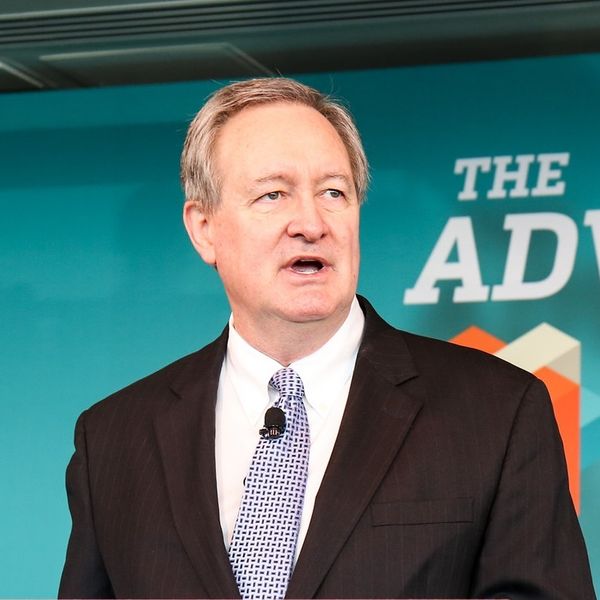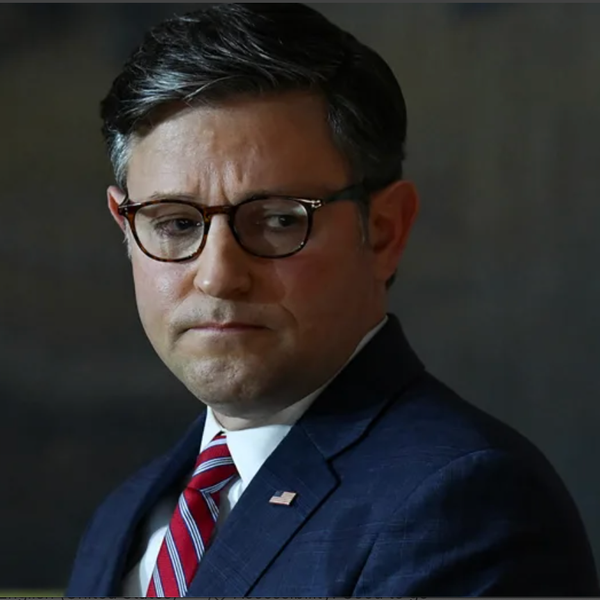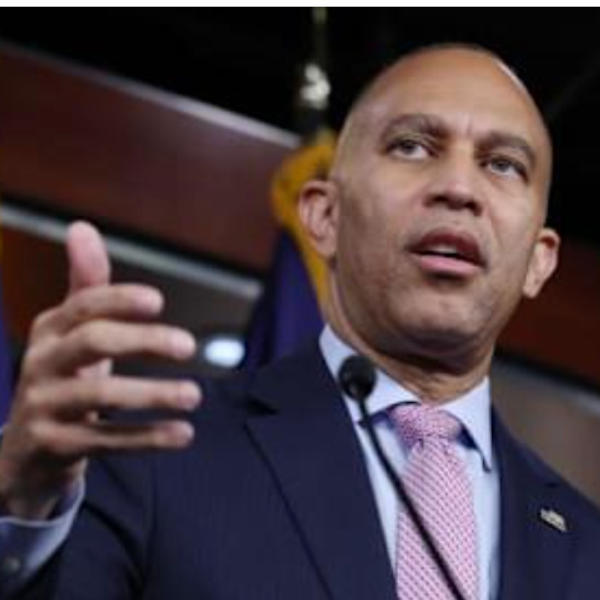Shakedown Shack: Everyday Corruption In Trump's White House
Corruption is always a potential problem in government, although if we get beyond the idiocy about the “Biden crime family,” the last two Democratic administrations were remarkably scandal free. However, Donald Trump is determined to make scandal the normal course of events so that it is not even newsworthy. His corruption is in plain view, all the time. Rather than deny it, the Trump administration says, “So what?”
It’s hard to know where to begin. While in the White House, Trump initiated his own crypto coin and quickly got billions of dollars in investments from people seeking favors. The most notable payoff along these lines was the government of Abu Dhabi, which got access to advanced computer chips after putting $2 billion into Trump’s stablecoins.
Then there were the big contributors who had hundreds of millions of dollars of fines that were effectively forgiven. Last week, the New York Times reported on three major Trump contributors who had cases before the Securities and Exchange dropped which potentially could have led to hundreds of millions of dollars in penalties. And then there is the case involving border czar Tom Homan, who took $50,000 in cash as part of an FBI sting operation. The Justice Department dropped the case, saying nothing to see here.
But these are all ad hoc acts of corruption. The real fun is when corruption is institutionalized. That is how we should understand Trump’s proposal to charge $100,000 for each H-1B visa. While details of the proposal keep changing, like whether it is a one-time charge, whether it is assessed again at renewal after three years, or whether it is annual, the basic point is clear. Trump wants to charge companies a big chunk of money to bring in skilled foreign workers.
The visa plan includes the unsurprising provision that Trump will have the option to grant favored businesses an exemption from this fee. The cash registers at the White House are probably already running wild. It should be a huge potential bonanza for Trump and his family.
If the point is to prevent businesses from hiring foreign workers to undercut U.S. workers’ pay, there are ways to achieve this goal that benefit workers rather than Donald Trump’s pocketbook. For example, the government could raise the minimum pay for a worker on an H-1B visa from the current $60,000 to $100,000, or even higher. Remember, these are supposed to be highly skilled positions. The rules could also be changed to make it easier for H-1B workers to change jobs, in effect allowing them to take the best offer, just like any other worker. But there would be no money in these changes for Donald Trump.
Trump’s approach to H-1B visas is similar to his approach to tariffs. He put in place a policy that allows him enormous discretion in its application. In the case of tariffs, he essentially invited CEOs to come to Mar-a-Lago to kiss his rear and hand him bribes in order to be exempted. (See Tim Cook and Apple.) Tariffs also have this effect for foreign heads of state. They can give Trump material gifts, like his plane from Qater, or do things like invite Trump to meet with the King of England or nominate him for the Nobel Peace Prize.
This is how we have to understand economic policy under Trump. It’s about designing a system to maximize the opportunities for grift for Trump and his family.
Not only does Trump not care about the impact of his policies on the lives of ordinary people; he doesn’t even know how they are getting by. Trump keeps insisting that prices are down and that people are paying $2.00 for a gallon of gas. (The average is over $3.00.) And Trump’s aides are too scared to correct him.
It is a foolish exercise to try to make sense of Trump’s major actions on the economy as economic policy. They are about lining his pockets and making people bow down to him. By this measure, Trump’s policies are doing very well.
Dean Baker is a senior economist at the Center for Economic and Policy Research and the author of the 2016 book Rigged: How Globalization and the Rules of the Modern Economy Were Structured to Make the Rich Richer. Please consider subscribing to his Substack.
Reprinted with permission from Dean Baker.

